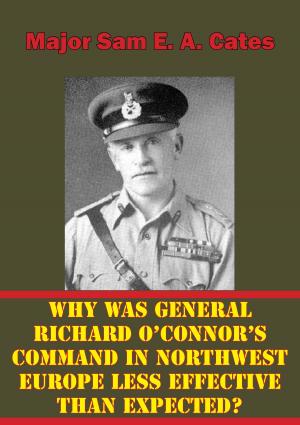The Twelfth US Air Force: Tactical And Operational Innovations In The Mediterranean Theater Of Operations, 1943-1944
Nonfiction, History, Germany, European General, Military, United States| Author: | Major Matthew G. St. Clair USMC | ISBN: | 9781786250834 |
| Publisher: | Lucknow Books | Publication: | November 6, 2015 |
| Imprint: | Lucknow Books | Language: | English |
| Author: | Major Matthew G. St. Clair USMC |
| ISBN: | 9781786250834 |
| Publisher: | Lucknow Books |
| Publication: | November 6, 2015 |
| Imprint: | Lucknow Books |
| Language: | English |
This paper analyzes the participation of the US Twelfth Air Force in the Mediterranean theater of operation from 1943 to 1944 and also studies the coalition and joint operations required in the air campaign. Coalition and joint warfare provides numerous command, control, and coordination problems that are not easily de-conflicted. The requirements of the coalition air campaign in the Mediterranean theater provided significant challenges to the leadership of the US Army Air Forces (AAF). Prewar Army Air Corps doctrine focused on strategic bombing and aerial interdiction. Air- men lacked a well thought-out tactical support doctrine and had no doctrine for supporting amphibious operations. The mission of the AAF in the North African and Italian campaigns was the winning of air superiority. The Twelfth Air Force had to adopt new tactics and operational techniques to support the Allied landings at Sicily, Salerno, and Anzio, Italy, against the formidable German Luftwaffe.
The Mediterranean theater was the first theater to encounter the use of precision-guided munitions in the form of radio-controlled glide bombs dropped by the Luftwaffe. The Mediterranean theater was designated a secondary theater of war, resulting in the Twelfth Air Force operating with inadequate resources, as aircraft and crews were periodically reassigned to units supporting the Combined Bomber Offensive in the European theater of operations. While supporting the Mediterranean theater, the Twelfth Air Force operated alongside the British Royal Air Force (RAF) and was routinely tasked with supporting operations of both the US Fifth and British Eighth Armies. This provided significant command, control, and communication (C3) problems that had to be addressed to optimize the effectiveness of Allied airpower.
This paper analyzes the participation of the US Twelfth Air Force in the Mediterranean theater of operation from 1943 to 1944 and also studies the coalition and joint operations required in the air campaign. Coalition and joint warfare provides numerous command, control, and coordination problems that are not easily de-conflicted. The requirements of the coalition air campaign in the Mediterranean theater provided significant challenges to the leadership of the US Army Air Forces (AAF). Prewar Army Air Corps doctrine focused on strategic bombing and aerial interdiction. Air- men lacked a well thought-out tactical support doctrine and had no doctrine for supporting amphibious operations. The mission of the AAF in the North African and Italian campaigns was the winning of air superiority. The Twelfth Air Force had to adopt new tactics and operational techniques to support the Allied landings at Sicily, Salerno, and Anzio, Italy, against the formidable German Luftwaffe.
The Mediterranean theater was the first theater to encounter the use of precision-guided munitions in the form of radio-controlled glide bombs dropped by the Luftwaffe. The Mediterranean theater was designated a secondary theater of war, resulting in the Twelfth Air Force operating with inadequate resources, as aircraft and crews were periodically reassigned to units supporting the Combined Bomber Offensive in the European theater of operations. While supporting the Mediterranean theater, the Twelfth Air Force operated alongside the British Royal Air Force (RAF) and was routinely tasked with supporting operations of both the US Fifth and British Eighth Armies. This provided significant command, control, and communication (C3) problems that had to be addressed to optimize the effectiveness of Allied airpower.
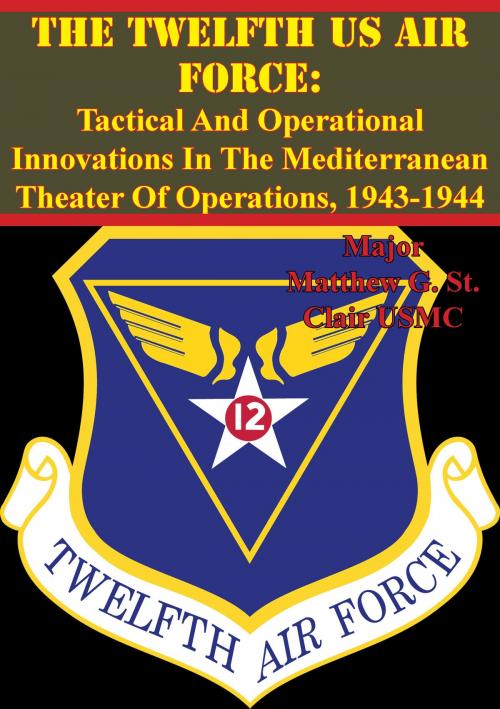
![Cover of the book In The Northern Mists; A Grand Fleet Chaplain’s Note Book [Illustrated Edition] by Major Matthew G. St. Clair USMC](https://www.kuoky.com/images/2015/november/300x300/9781786255365-e12R_300x.jpg)
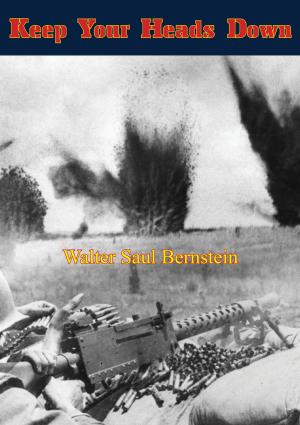
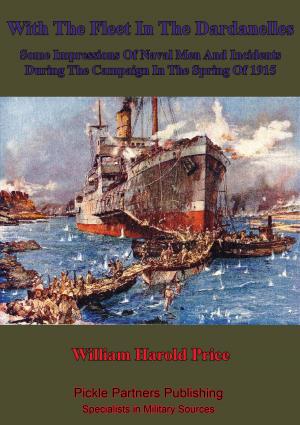



![Cover of the book My Experiences In The World War – Vol. I [Illustrated Edition] by Major Matthew G. St. Clair USMC](https://www.kuoky.com/images/2014/june/300x300/9781782891277-RM7d_300x.jpg)
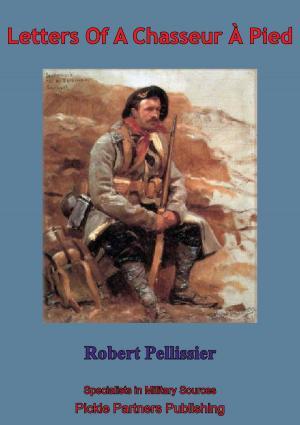
![Cover of the book "En L'air!" (In The Air) Three Years On And Above Three Fronts [Illustrated Edition] by Major Matthew G. St. Clair USMC](https://www.kuoky.com/images/2012/april/300x300/9781782890836-VLpO_300x.jpg)

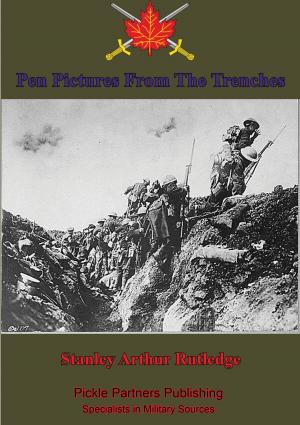


![Cover of the book Busting The Bocage: American Combined Arms Operations In France, 6 June-31 July 1944 [Illustrated Edition] by Major Matthew G. St. Clair USMC](https://www.kuoky.com/images/2014/august/300x300/9781782893806-cqqy_300x.jpg)
